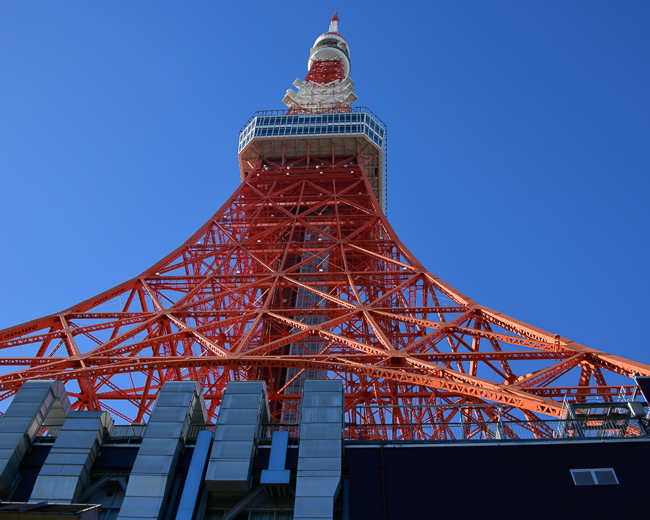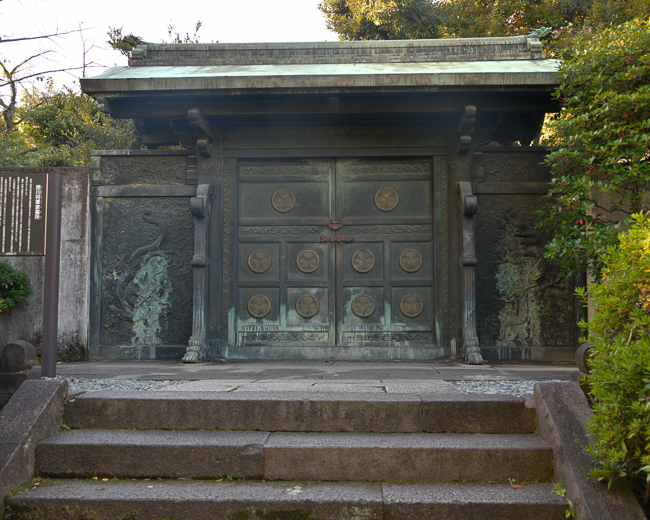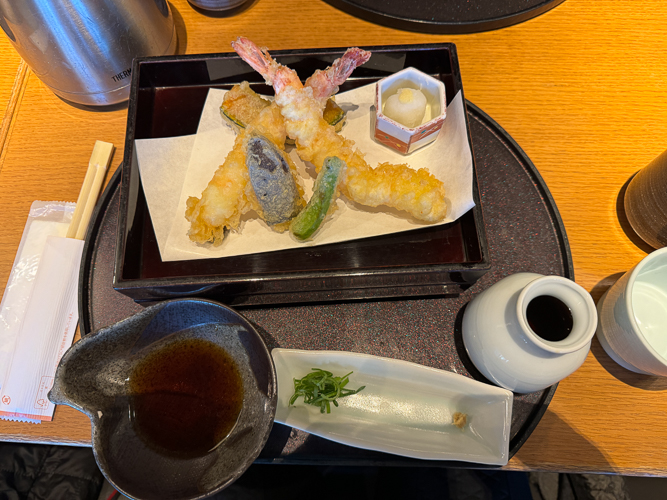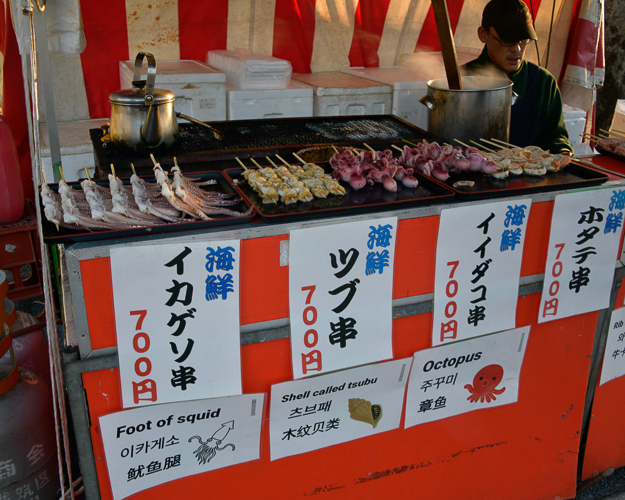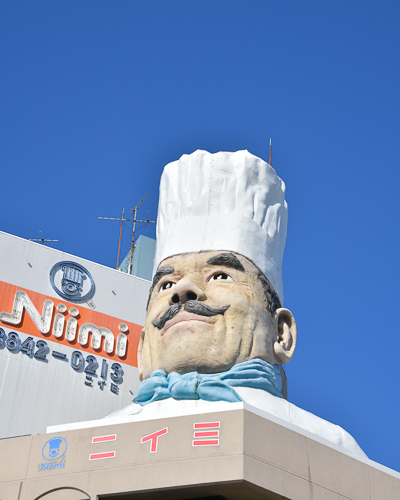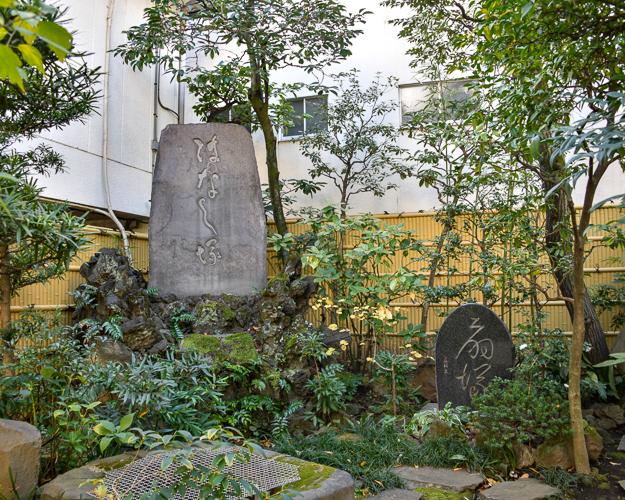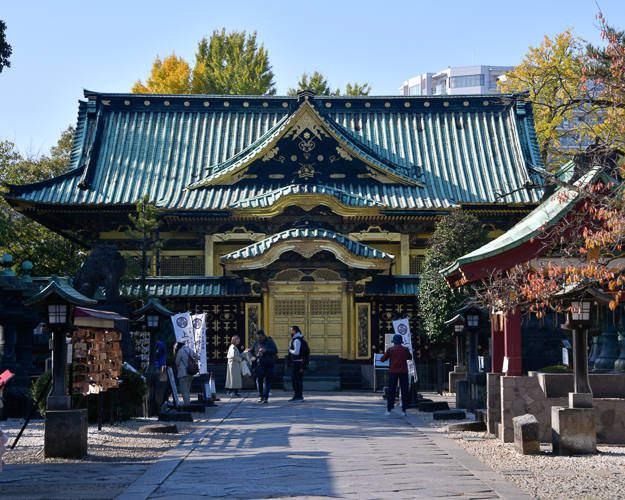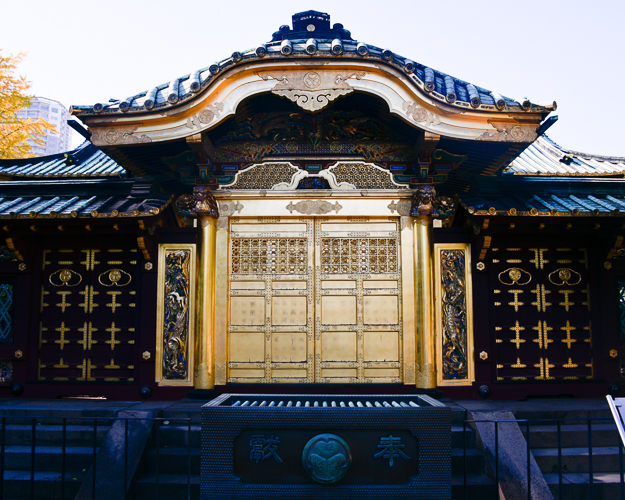February 2025
Here are some more random things from Tokyo that caught my eye.

The Arimaston House
Fifteen years ago, Tokyo architect Keisuke Oka began to construct a tower of concrete entirely by hand. It is ocated just a short walk from Mita Station.

The name Arimaston is a combination of the Japanese words for ant, trout, and kite. Oka explained that the house was inspired by his experience growing up poor in the 60s and 70s when people had to make everything themselves. Now, everything is made for us. The building has no blueprints; he is improvising as he goes along. At this point, it looks like it might be another 15 years before he can move in.
Things on Rooftops
I am always seeing and writing about the amazing, odd, funny, things that sit atop buildings in Tokyo. Here are a few I saw this trip.

Mr. Pink by artist Philippe Catherine
Mr. Pink looks down on Shibuya Crossing as part of the cultural event “DIG SHIBUYA2025”

This giant gorilla sits atop what is affectionately called “The Gorilla Building” in the Sangenjaya neighborhood of Tokyo. In his hand is a young girl with black hair in pigtails wearing a green dress but no shoes. One can assume she had fallen off the building. She appears to be in good spirits with a smile on her face.

This guy is atop the Don Quixote store at Kichijoji Station. He is the mascot for the Don Quixote chain, also known at Donki. Don Quixote stores are rather insane. They are discount stores where everything is crammed into every corner of their multi-storied stores. Loud but catchy ear-worm music is piped in constantly, and they really are a fun place to shop, especially if you are looking for trinkets to take home.

Isshin Ramen – Japan’s Thinnest Noodles
This store in Shinjuku has something called Stamina Ramen, which is a bowl with a crown of nori sheets around the edges, thus the frills on the frog.

In the Tsukigi Fish Market area
These two fellas peek out of buildings from the Tsukigi Fish Market area, hard to spot amongst the phone and power wires.

OK, this guy wasn’t hanging off of a building, but isn’t he cute? Great ad for an ophthalmologist.

Fire Hose Covers
I am a nut for the manhole covers of Japan. This one is for the fire department in Tokyo.

A street light in the Akasaka area.

Tokyo Tower
The Tokyo Tower is, to me, like the Eiffel Tower. It may be a tourist spot, but you return every time nonetheless. This time, there was a window washer that had everyone in awe. He is approximately 82 stories in the air.
Harry Potter in Asakasa
A mall in the Asakas area has adopted Harry Potter. There is a cafe, which was booked solid, and I hear it is wonderful, a gift shop, a treats shop, and lots of school banners hanging from the buildings.

*

Iliad Japan by Alexander Liberman
Alexander Semeonovitch Liberman is the artist who created this statue in Sankei Plaza. Installed in 1987, the sculpture is a giant 50 feet tall made of red pipes and is part of a series of sculptures called Iliad. Hence, its name is Iliad Japan.
Tokyo is so large as to be unimaginable and untameable. After you have done the things on your list, the real way to see Tokyo is to just wander.










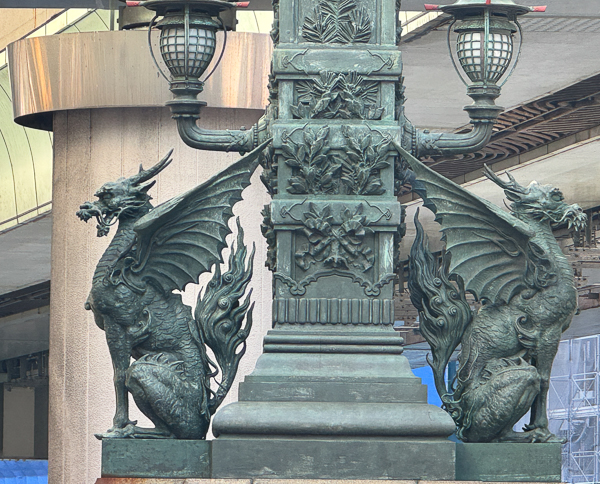


 *
*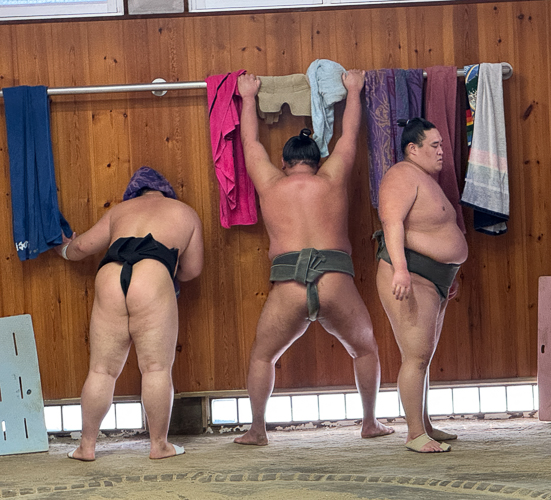 *
* *
* *
*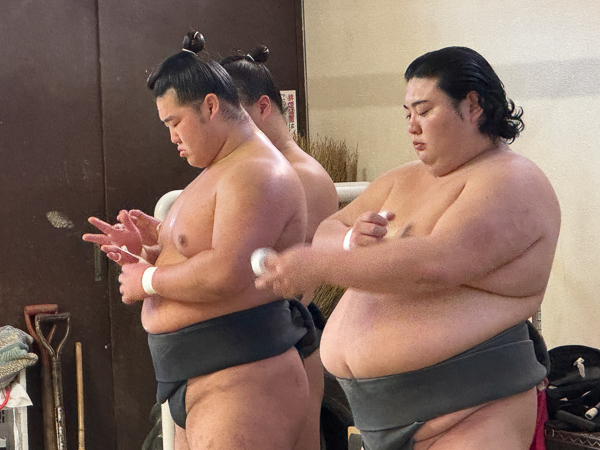 *
*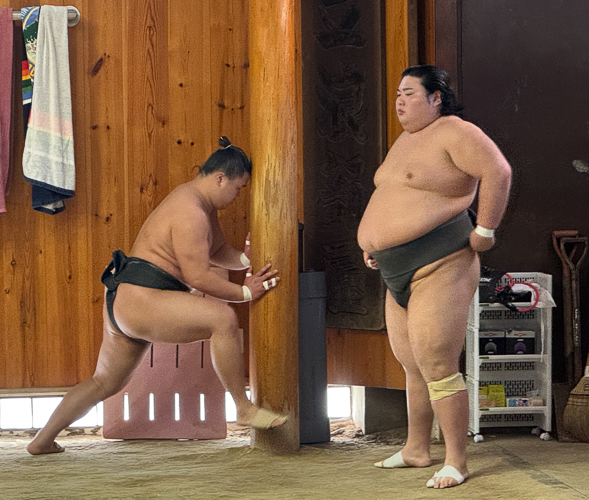 *
* *
* *
* *
*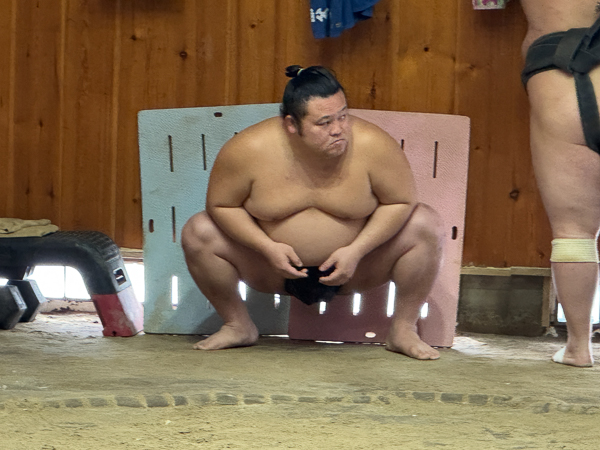 *
* *
* *
* *
* *
* *
* *
* *
* *
* *
* *
*











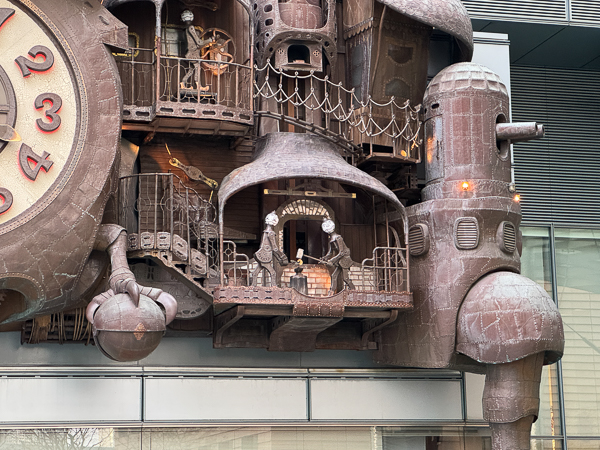 There are over 30 mechanical vignettes at appointed hours, including cannons, a couple of blacksmiths, a wheel spinner, boiling teapot and two bell-headed piston crankers.
There are over 30 mechanical vignettes at appointed hours, including cannons, a couple of blacksmiths, a wheel spinner, boiling teapot and two bell-headed piston crankers. *
*








 The foxes are seen as protectors and messengers of the deity, symbolizing prosperity and protection.
The foxes are seen as protectors and messengers of the deity, symbolizing prosperity and protection.








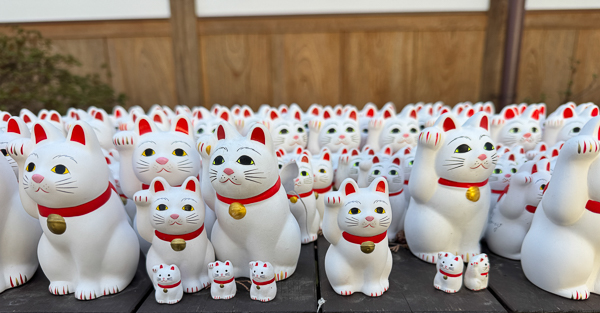


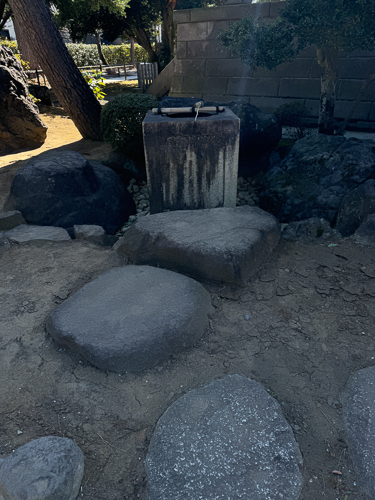


 *
*





 All over Japan, you will find foreigners renting and then dressing in Kimonos and visiting the more touristy areas. This girl, with her incongruous shoes, had me laughing.
All over Japan, you will find foreigners renting and then dressing in Kimonos and visiting the more touristy areas. This girl, with her incongruous shoes, had me laughing.







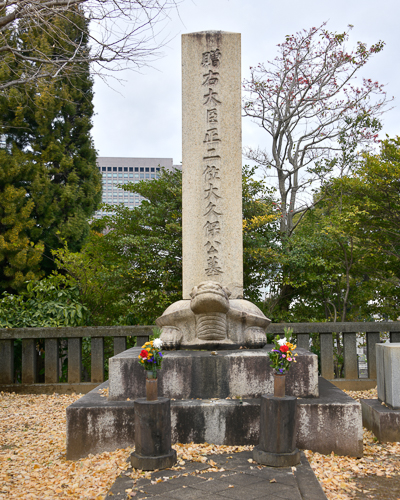


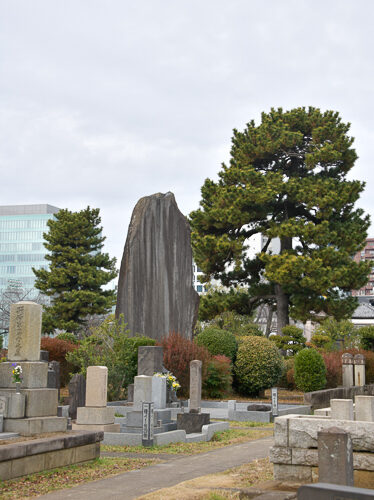

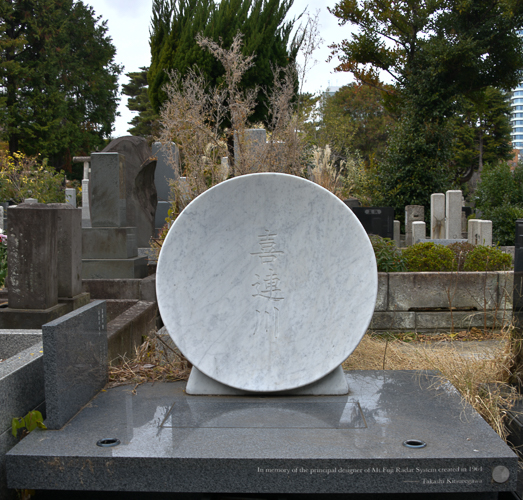
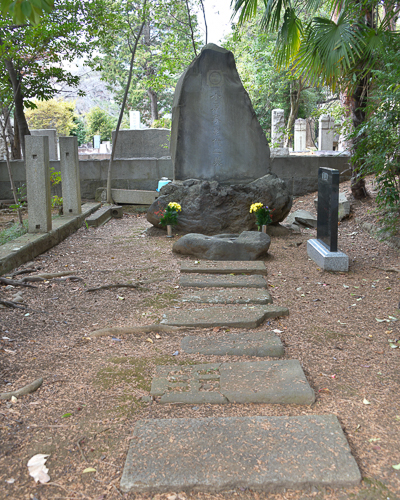







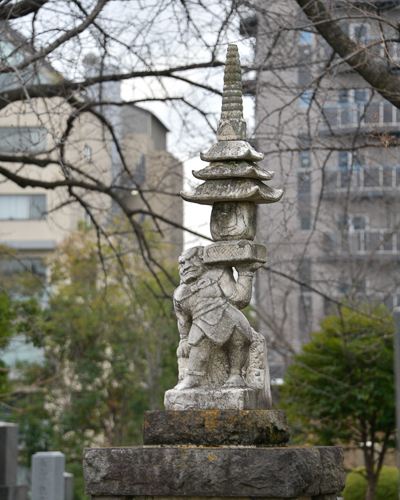

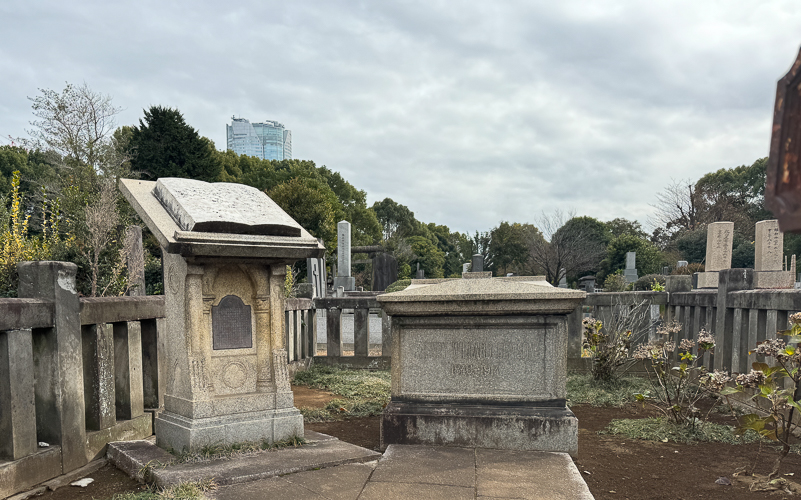









 *
*
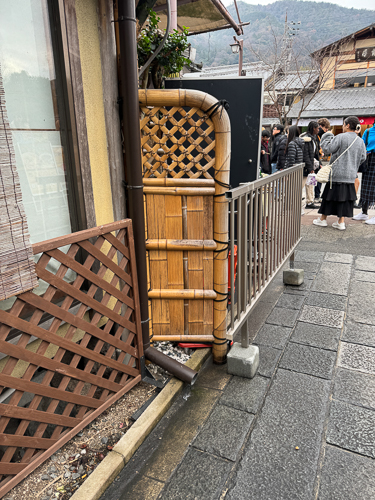
 *
*






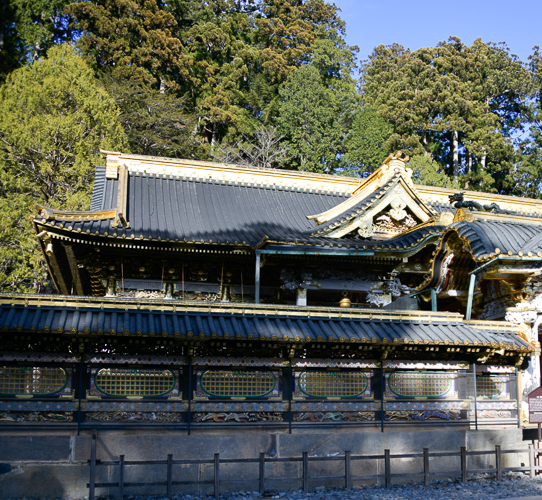




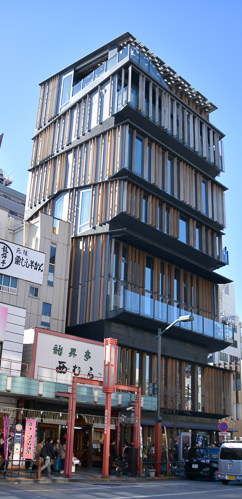






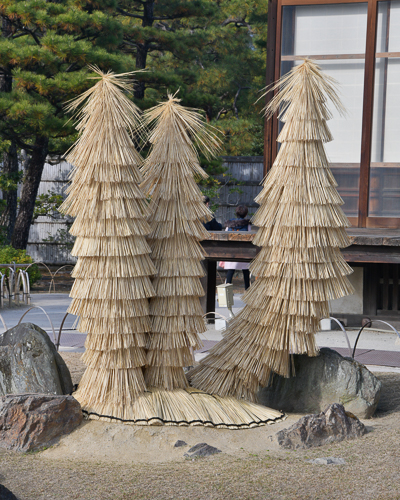

















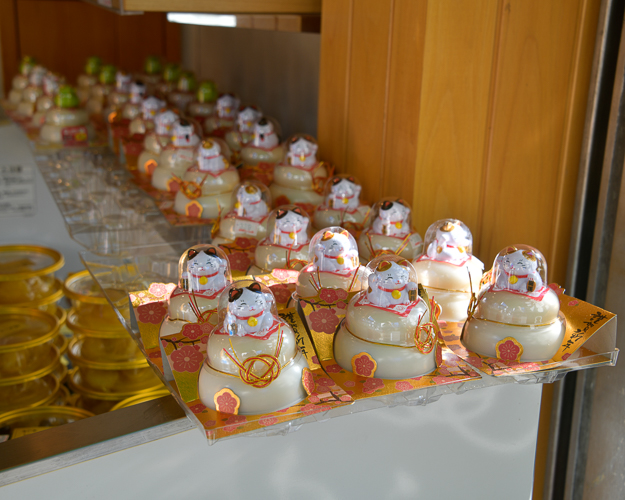
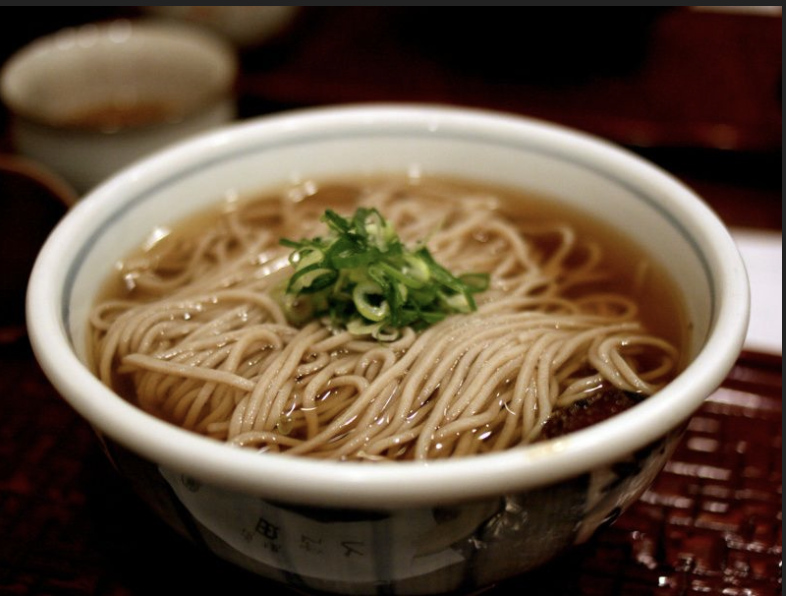















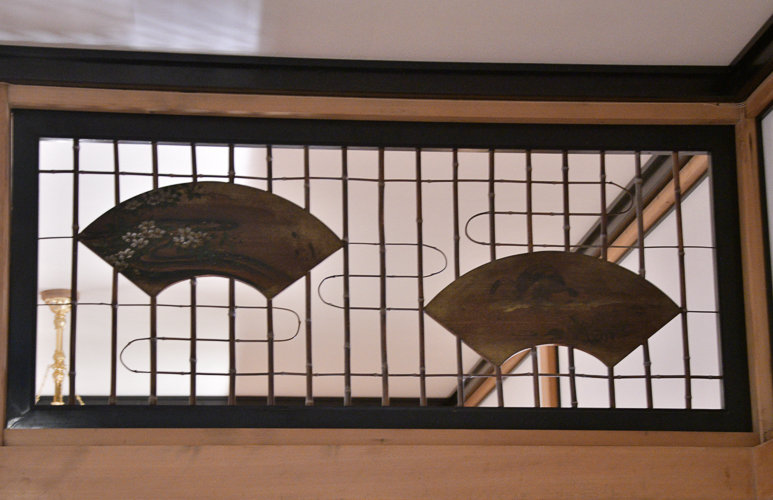




 Fusuma
Fusuma







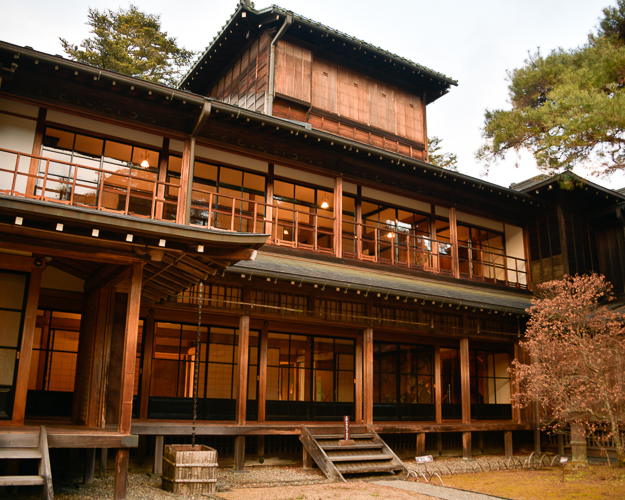








 The Shinkyo Bridge’s current design dates back to 1636, but there was a bridge in the same location for a long time previous to that. In 1902, the bridge was washed away by floods, but it was rebuilt in 1904 according to the 1636 design.
The Shinkyo Bridge’s current design dates back to 1636, but there was a bridge in the same location for a long time previous to that. In 1902, the bridge was washed away by floods, but it was rebuilt in 1904 according to the 1636 design. 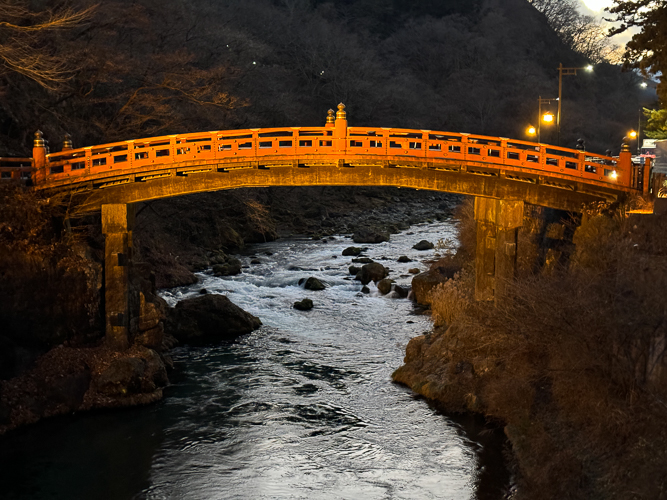




 The rules are simple: the wrestler who first exits the ring or touches the ground with any part of his body besides the soles of his feet loses.
The rules are simple: the wrestler who first exits the ring or touches the ground with any part of his body besides the soles of his feet loses. 
 A contest usually lasts only a few seconds but, in rare cases, can take a minute or more.
A contest usually lasts only a few seconds but, in rare cases, can take a minute or more.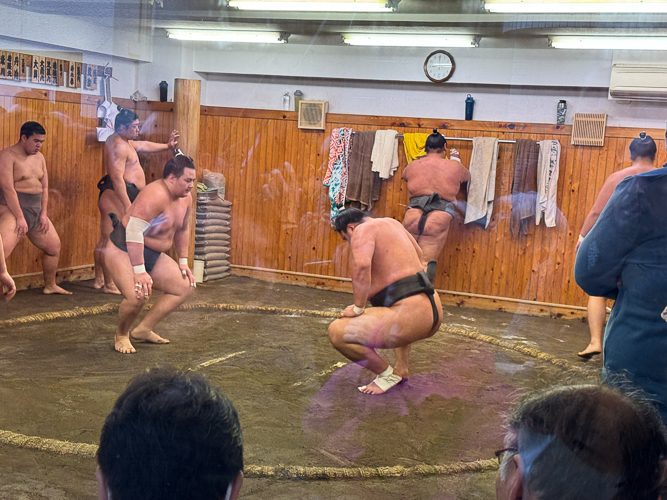 There are no weight restrictions or classes in sumo, meaning that wrestlers can easily find themselves matched off against someone many times their size. As a result, weight gain is an essential part of sumo training.
There are no weight restrictions or classes in sumo, meaning that wrestlers can easily find themselves matched off against someone many times their size. As a result, weight gain is an essential part of sumo training.














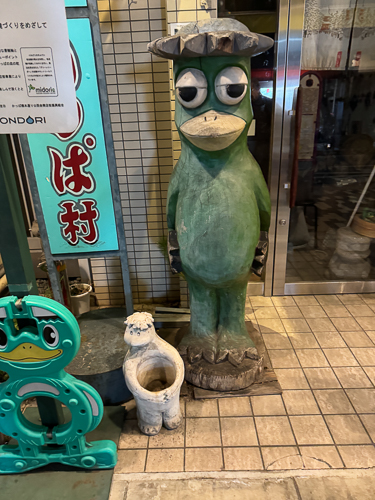





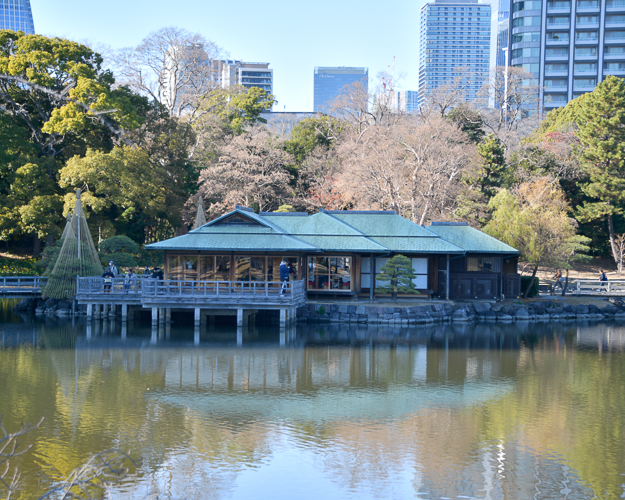

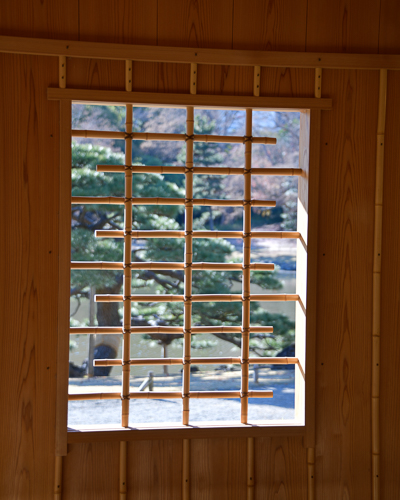













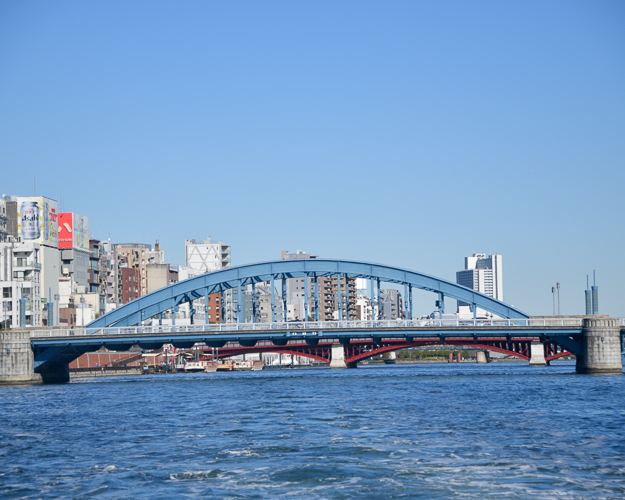















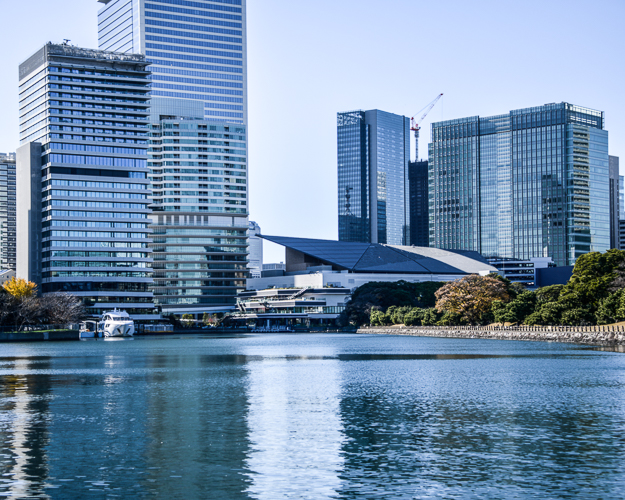




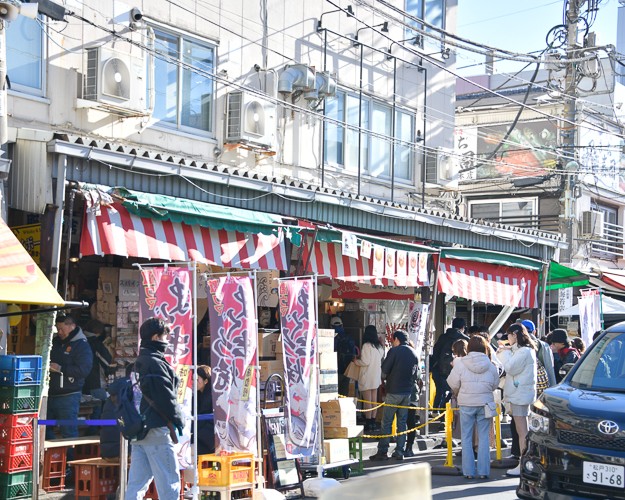

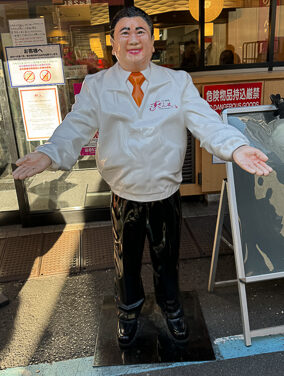





 Once the auction is over, you can move to the retail building from an observation area. There isn’t much to see, and it is pretty unexciting, considering other fish markets in the world.
Once the auction is over, you can move to the retail building from an observation area. There isn’t much to see, and it is pretty unexciting, considering other fish markets in the world.
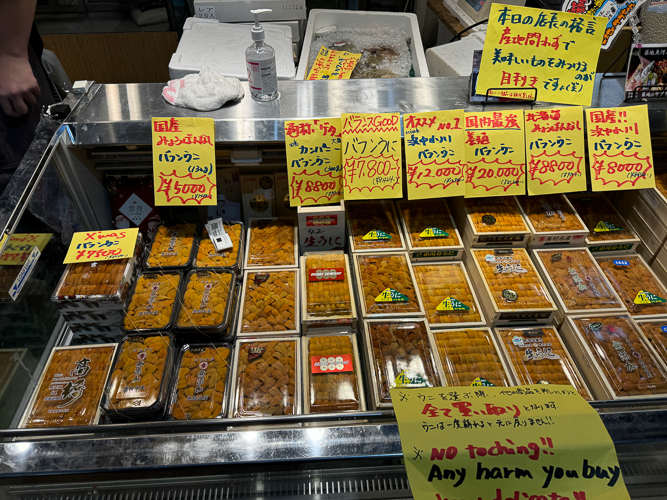









 *
*